Home>Garden Essentials>How To Get A Job At A Design Firm In Landscape Design


Garden Essentials
How To Get A Job At A Design Firm In Landscape Design
Modified: March 7, 2024
Discover the secrets to landing a dream job at a design firm in landscape design with our expert tips and tricks. Expand your knowledge in garden design and increase your chances of success today!
(Many of the links in this article redirect to a specific reviewed product. Your purchase of these products through affiliate links helps to generate commission for Storables.com, at no extra cost. Learn more)
Introduction
Welcome to the world of landscape design! If you have a passion for creating beautiful outdoor spaces and want to turn it into a career, working at a design firm in landscape design could be the perfect fit for you. Design firms offer exciting opportunities to work on a variety of projects, collaborate with talented professionals, and make a meaningful impact on the environment.
However, breaking into the industry and landing a job at a design firm can be a competitive process. In this article, we will guide you through the steps of how to get a job at a design firm in landscape design. From researching the best firms to crafting a standout resume and portfolio, we will provide you with strategic tips and advice to make your application stand out.
Whether you are a recent graduate or someone looking to switch careers, this article will help you navigate the job search process and increase your chances of success. So, let’s dive in and explore how you can make your dream of working at a design firm in landscape design a reality.
Key Takeaways:
- Researching Design Firms
Before applying to design firms, research their projects, culture, and job openings. Tailoring your application to each firm shows commitment and increases your chances of success. - Crafting a Standout Resume
Create a resume tailored to the job you want. Highlight relevant skills, experiences, and your design portfolio. A standout resume catches the hiring manager’s attention and increases your chances of landing an interview.
Read more: How To Find A Landscaping Job
Researching Design Firms
Before you start applying to design firms, it’s essential to do your research. Understanding the different firms in the industry will not only help you target the right ones for your career goals but also allow you to tailor your application to their specific needs and preferences.
Here are a few steps to research design firms:
- Identify Your Interests: Determine what area of landscape design interests you the most. Whether it’s urban design, residential landscaping, or sustainable design, having a clear focus will help you narrow down the firms you want to work for.
- Make a List: Create a list of design firms that align with your interests and goals. Look for firms that have a strong reputation in the industry, have worked on projects that inspire you, or have a company culture that resonates with you.
- Explore Their Work: Take the time to explore the design firms’ websites and social media platforms. Look at the projects they have completed, their design philosophy, and any awards or recognition they have received. This research will give you valuable insights into their design style and values.
- Check for Job Openings: Visit the career or job section of the design firms’ websites to see if they have any current job openings. Note down the positions that interest you and match your skills and experience.
- Seek Insider Information: Reach out to industry professionals, colleagues, or alumni who might have connections or knowledge about the design firms you are interested in. Their insights can provide valuable information about the firm’s culture, work environment, and hiring process.
By conducting thorough research, you will not only gain a deeper understanding of the design firms you are interested in but also demonstrate your commitment and enthusiasm when applying for a job. This knowledge will allow you to tailor your application to each firm, showcasing your alignment with their values and design approach.
Crafting a Standout Resume
Your resume is your first opportunity to make a strong impression on potential employers at design firms. It should convey your skills, experiences, and qualifications in a clear and concise manner. Here are some tips for crafting a standout resume:
- Start with a Strong Objective Statement: Begin your resume with a compelling objective statement that highlights your career goals and what you can bring to the design firm. Make it specific and tailored to the position you’re applying for.
- Showcase Relevant Skills: Focus on highlighting the skills that are relevant to landscape design. This can include technical skills such as AutoCAD, SketchUp, or Adobe Creative Suite, as well as soft skills like communication, teamwork, and problem-solving.
- Highlight Education and Certifications: If you have a relevant degree or certifications in landscape design, make sure to emphasize them on your resume. Include the name of the institution, the degree/certification earned, and any relevant coursework or projects.
- Include Relevant Experience: Highlight any previous experience in landscape design, whether it’s internships, volunteer work, or freelance projects. Describe your responsibilities, accomplishments, and the skills you gained from each experience.
- Showcase Your Design Portfolio: While your resume should focus on your qualifications, be sure to mention that you have a design portfolio available for review. Include a link to your online portfolio or attach a physical/portfolio in PDF format. This will allow the hiring manager to see your design work firsthand.
- Keep it Concise and Organized: Design your resume in a clean and professional format. Use bullet points and headings to make it easy to read and scan. Avoid excessive use of jargon and focus on using clear and concise language.
- Proofread: Before submitting your resume, proofread it thoroughly to catch any spelling or grammatical errors. Remember, attention to detail is essential in the landscape design field.
Remember, your resume should be tailored to the specific job you’re applying for, so highlight the skills, experiences, and accomplishments that are most relevant to the position. A standout resume will catch the attention of the hiring manager and increase your chances of landing an interview at a design firm.
Building a Strong Portfolio
In the field of landscape design, a strong portfolio is essential to showcase your skills, creativity, and design capabilities. A well-curated portfolio not only demonstrates your proficiency but also sets you apart from other candidates when applying for a job at a design firm. Here are some tips to help you build a strong portfolio:
- Select Your Best Work: Choose projects that best represent your skills and reflect the type of work you want to do at a design firm. Include a variety of projects, such as residential landscapes, public spaces, or sustainable design, to showcase your versatility.
- Show the Design Process: Provide insight into your design process by including sketches, concept boards, and before-and-after photos. This demonstrates your ability to think creatively, problem-solve, and develop cohesive design solutions.
- Organize your Portfolio: Structure your portfolio in a logical and easy-to-navigate manner. Consider organizing it by project type, chronological order, or theme. Use clear headings and captions to provide context for each project.
- Include Descriptions and Annotations: Along with visual images of your work, provide brief descriptions and annotations to explain the project’s objectives, challenges, and your design approach. This helps the viewer understand your design thinking and the story behind each project.
- Showcase Different Design Skills: Highlight a range of design skills, such as site analysis, planting design, grading and drainage, hardscape design, and 3D modeling/rendering. Demonstrating expertise in various aspects of landscape design will make you a well-rounded candidate.
- Create a Digital Portfolio: In addition to a physical portfolio, consider creating a digital portfolio that can be easily shared with potential employers. This could be a website, online gallery, or a PDF document showcasing your work. Make sure it is visually appealing, user-friendly, and accessible across different devices.
- Continuously Update and Refine: As you gain more experience and work on new projects, update your portfolio to reflect your growth and evolving design skills. Regularly review and refine your portfolio, removing outdated or weaker work, and adding fresh examples of your best work.
Remember, your portfolio is your opportunity to showcase your creativity, technical skills, and design thinking. Take the time to curate a compelling portfolio that reflects your unique style and demonstrates your suitability for a job at a design firm in landscape design.
Networking and Making Connections
In the design industry, networking plays a crucial role in finding job opportunities and building professional relationships. By connecting with industry professionals and like-minded individuals, you open doors to potential job leads, mentorship opportunities, and valuable insights. Here are some strategies for effective networking:
- Attend Industry Events: Attend conferences, trade shows, and workshops related to landscape design. These events offer opportunities to meet professionals in the field, learn about new trends, and make connections. Be proactive in introducing yourself and engaging in conversations.
- Join Professional Organizations: Become a member of professional organizations such as the American Society of Landscape Architects (ASLA) or local design associations. These organizations host networking events, seminars, and social gatherings for members to connect and share knowledge.
- Utilize Social Media: Use platforms like LinkedIn, Instagram, and Twitter to connect with landscape design professionals and firms. Engage in industry-related discussions, share your work, and reach out to individuals who inspire you. Social media can be a powerful tool for expanding your professional network.
- Attend Portfolio Reviews and Critiques: Participate in portfolio reviews or critiques organized by design schools, industry organizations, or firms. This not only allows you to receive valuable feedback on your work but also provides an opportunity to connect with professionals and showcase your talent.
- Seek Informational Interviews: Reach out to professionals in landscape design and request informational interviews to learn more about their career paths and gain insights into the industry. These conversations can help you build connections, gather advice, and potentially uncover job opportunities.
- Stay in Touch: After making initial connections, follow up with individuals through email or social media to maintain your network. Share updates on your work, congratulate them on their achievements, and stay engaged in relevant conversations.
- Offer Your Skills: Volunteer for community projects or design competitions to not only contribute to worthy causes but also make connections within the industry. Your participation in these initiatives showcases your dedication and skills to potential employers.
Remember that networking is not just about asking for job leads but also about building genuine relationships. Be authentic, approachable, and supportive of others in the industry. Networking takes time, so be patient and persistent in your efforts. By cultivating a strong professional network, you increase your chances of discovering job opportunities and finding mentors who can guide you on your career path.
Networking is key in the design industry. Attend industry events, join professional organizations, and connect with professionals on LinkedIn to increase your chances of getting a job at a design firm in landscape design.
Read more: How To Bid On Landscaping Jobs
Preparing for the Interview
Congratulations! You’ve landed an interview with a design firm in landscape design. Now it’s time to prepare yourself to make a positive and lasting impression. Here are some tips to help you prepare for the interview:
- Research the Firm: Gain a thorough understanding of the design firm you are interviewing with. Familiarize yourself with their past projects, design philosophy, company culture, and any recent news or achievements. This knowledge will showcase your genuine interest in the firm.
- Anticipate Common Questions: Prepare answers to common interview questions such as “Tell me about yourself,” “Why do you want to work for this firm,” and “Walk me through your design process.” Practice your responses to these questions to ensure clarity and confidence.
- Showcase your Knowledge and Skills: During the interview, highlight your technical skills, design experience, and problem-solving abilities. Provide concrete examples from your portfolio or past projects to demonstrate your expertise and creative approach to design challenges.
- Be Ready for Design Exercises: Some design firms may incorporate design exercises or case studies as part of the interview process. Familiarize yourself with the firm’s design process and be prepared to think critically, apply your skills, and present your ideas effectively.
- Dress Professionally: Choose professional attire that reflects the culture of the company. Dressing professionally shows your respect for the interview process and the design firm you are interviewing with.
- Prepare Questions to Ask: Prepare thoughtful questions to ask the interviewer about the firm, the team, and the specific role you are applying for. This demonstrates your interest in the position and helps you gather valuable information to make an informed decision.
- Practice Non-verbal Communication: Pay attention to your body language, maintain good eye contact, and display a confident and friendly demeanor throughout the interview. Non-verbal communication is just as important as what you say.
- Review your Portfolio: Make sure you are familiar with the projects included in your portfolio. Be prepared to talk about your design choices, challenges faced, and the outcomes achieved. Practice presenting your portfolio to confidently discuss your work during the interview.
- Rehearse, But Stay Authentic: While it’s important to rehearse your responses and practice your presentation, make sure you stay authentic and true to yourself. Allow your personality, passion, and unique perspective to shine through during the interview.
Remember, thorough preparation is key to a successful interview. By researching the design firm, anticipating questions, showcasing your skills, and practicing your responses, you will be well-equipped to impress the interviewers and demonstrate why you are the right fit for their team.
Demonstrating Skills and Experience
During the interview at a design firm in landscape design, it’s crucial to effectively demonstrate your skills and experience to showcase your qualifications and make a strong impression. Here are some tips to help you effectively convey your skills and experience during the interview:
- Use Specific Examples: Rather than simply stating your skills, provide specific examples of how you have applied those skills in past projects or experiences. Talk about the challenges you faced, the actions you took, and the positive outcomes you achieved.
- Showcase Design Expertise: Highlight your design expertise by discussing your experience in various aspects of landscape design such as site analysis, spatial planning, materials selection, and plant knowledge. Demonstrate your ability to create functional, aesthetically pleasing, and sustainable outdoor spaces.
- Discuss Collaborative Projects: Emphasize your ability to work well in a team by sharing examples of collaborative projects you have been a part of. Talk about your role in those projects, how you contributed to the team, and the successful outcomes that resulted from effective collaboration.
- Highlight Problem-Solving Skills: Landscape design often involves solving complex problems. Discuss situations when you faced design challenges or difficulties and describe how you tackled them. Demonstrating your problem-solving skills will showcase your ability to think critically and find innovative solutions.
- Share Client Interaction Experience: If you have experience working directly with clients, highlight your ability to effectively communicate and understand their needs. Discuss how you have translated client requirements into tangible design solutions and how you have managed client expectations throughout the design process.
- Talk About Continued Learning: Design firms value candidates who are committed to ongoing learning and professional development. Share how you stay up-to-date with current trends and innovations in landscape design, whether it’s through attending workshops, participating in webinars, or pursuing additional certifications.
- Discuss Leadership Roles: If you have held leadership positions in design-related organizations or led design teams on projects, be sure to mention these experiences. Discuss the challenges you faced, how you motivated and guided your team, and the successful outcomes achieved through your leadership.
- Be Enthusiastic and Passionate: Show enthusiasm and passion for landscape design during the interview. Let your genuine love for the profession shine through in your words and your excitement when discussing your past experiences and future aspirations.
Remember to provide specific and detailed examples that highlight your skills, experiences, and achievements. Solid examples will demonstrate your abilities, make you memorable to the interviewers, and increase your chances of being considered for the position at the design firm.
Negotiating Salary and Benefits
When you reach the stage of negotiating salary and benefits with a design firm, it’s important to approach the process strategically and confidently. Here are some tips to help you navigate the negotiation process:
- Do Your Research: Prior to the negotiation, research the average salary range for similar positions in the industry and location. This information will provide you with a benchmark and help you determine a fair and reasonable salary expectation.
- Consider the Full Compensation Package: Salary is just one aspect of the compensation package. Take into account other benefits offered by the design firm such as health insurance, retirement plans, vacation time, professional development opportunities, and flexible work arrangements. Assess the overall value of the package when evaluating an offer.
- Know Your Worth: Understand your skill set, experience, and the value you bring to the design firm. Be prepared to discuss your qualifications, achievements, and how you can contribute to the success of the firm. This will strengthen your position during negotiations.
- Focus on Mutual Benefit: Approach the negotiation as a win-win situation. Emphasize how your skills and experience align with the needs of the design firm and how you can contribute to its growth and success. Highlight the value you can bring to the organization.
- Be Prepared to Justify Your Requests: If you are seeking a higher salary or additional benefits, be ready to justify your requests with concrete reasons. Highlight your qualifications, the demand for your skills in the industry, and the unique contributions you can make to the design firm.
- Practice Effective Communication: Clearly and confidently articulate your desired salary and benefits during the negotiation. Use assertive but respectful language and maintain a professional demeanor. Listen actively to the employer’s perspective and be open to finding common ground.
- Consider the Design Firm’s Constraints: Recognize that the design firm may have budget limitations or set guidelines for salary ranges. Be willing to compromise and explore other aspects of the compensation package if necessary.
- Seek Professional Advice: If you are unsure about the negotiation process, consider seeking advice from career counselors or professionals with experience in salary negotiations. They can provide guidance and help you develop a negotiation strategy.
- Get the Final Offer in Writing: Once the negotiation process is complete, make sure to get the final offer in writing. This will help avoid any misunderstandings and ensure that both parties are clear on the terms agreed upon.
Remember, negotiation is a normal part of the job offer process. Approach it with confidence, do your research, and advocate for your skills and worth. By effectively negotiating salary and benefits, you can secure a compensation package that aligns with your qualifications and contributes to your overall job satisfaction.
Conclusion
Congratulations! You have reached the end of our guide on how to get a job at a design firm in landscape design. Throughout this article, we have covered the essential steps to help you navigate the job search process and increase your chances of landing a position at your desired design firm.
From researching design firms and crafting a standout resume to building a strong portfolio and networking effectively, each step is crucial in presenting yourself as a strong candidate. Preparing for the interview and demonstrating your skills and experience further enhance your chances of success.
Remember, the landscape design industry is highly competitive, but with determination, passion, and a strategic approach, you can make your dream of working at a design firm a reality. It’s important to continuously grow in your skills, stay updated with industry developments, and maintain a strong professional network.
Lastly, don’t be discouraged by setbacks or rejections. Use them as opportunities for self-improvement, learn from the experience, and keep pushing forward. With perseverance and the right combination of skills, experience, and a well-crafted application, you will find yourself on the path to a rewarding career in landscape design.
Good luck on your job search, and may you find success in your journey towards becoming a valued member of a design firm in the landscape design industry!
Frequently Asked Questions about How To Get A Job At A Design Firm In Landscape Design
Was this page helpful?
At Storables.com, we guarantee accurate and reliable information. Our content, validated by Expert Board Contributors, is crafted following stringent Editorial Policies. We're committed to providing you with well-researched, expert-backed insights for all your informational needs.
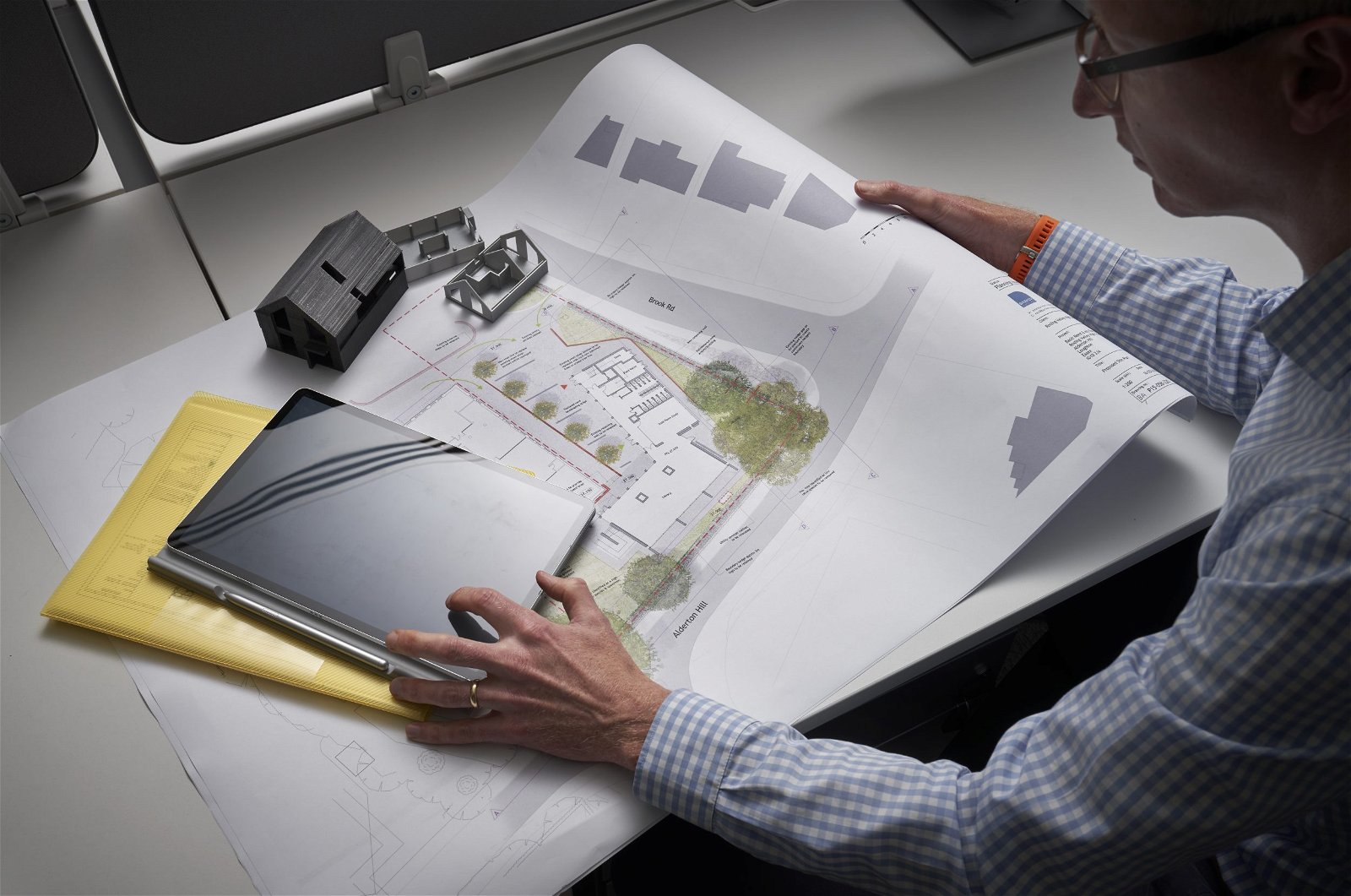

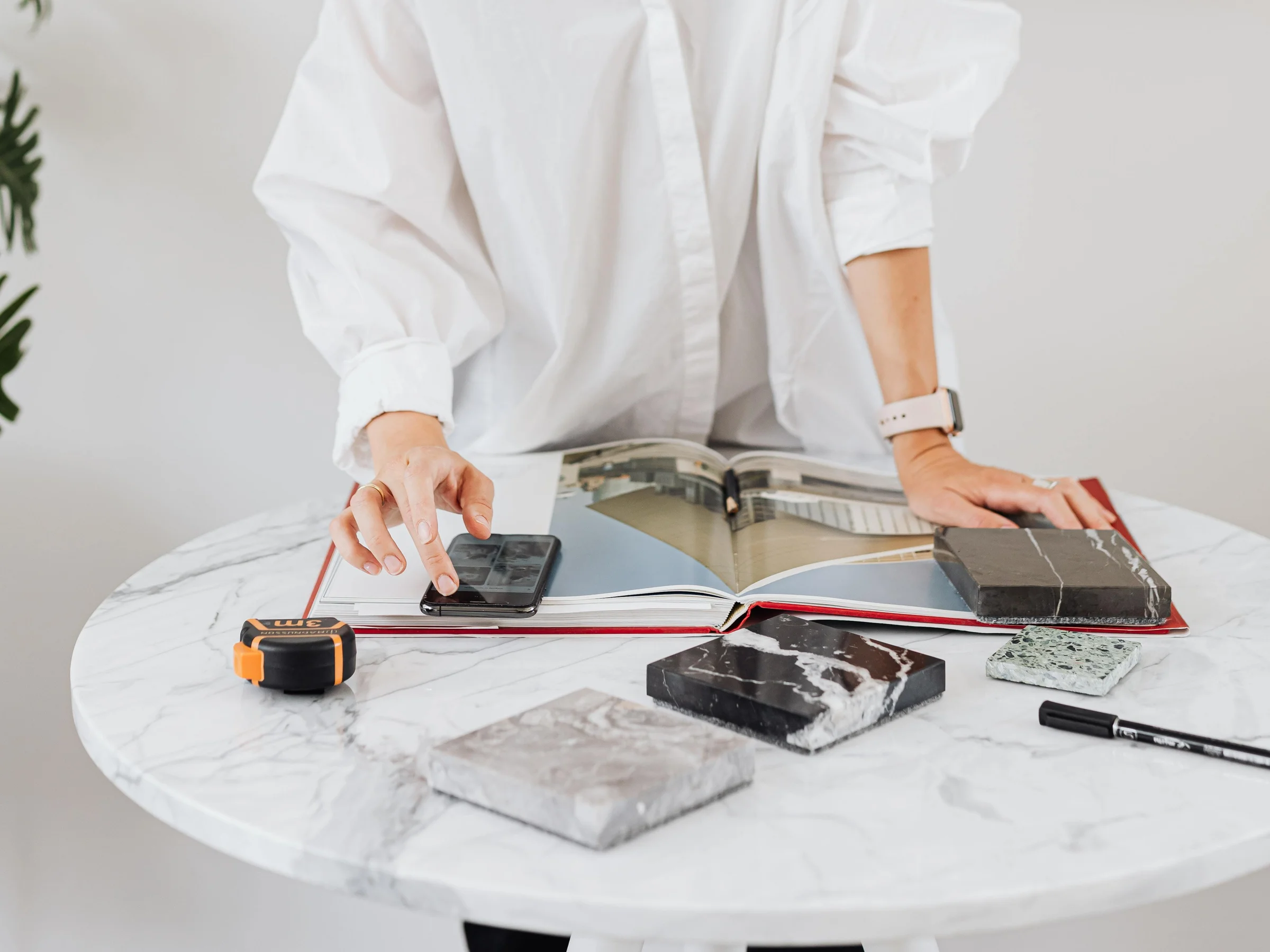
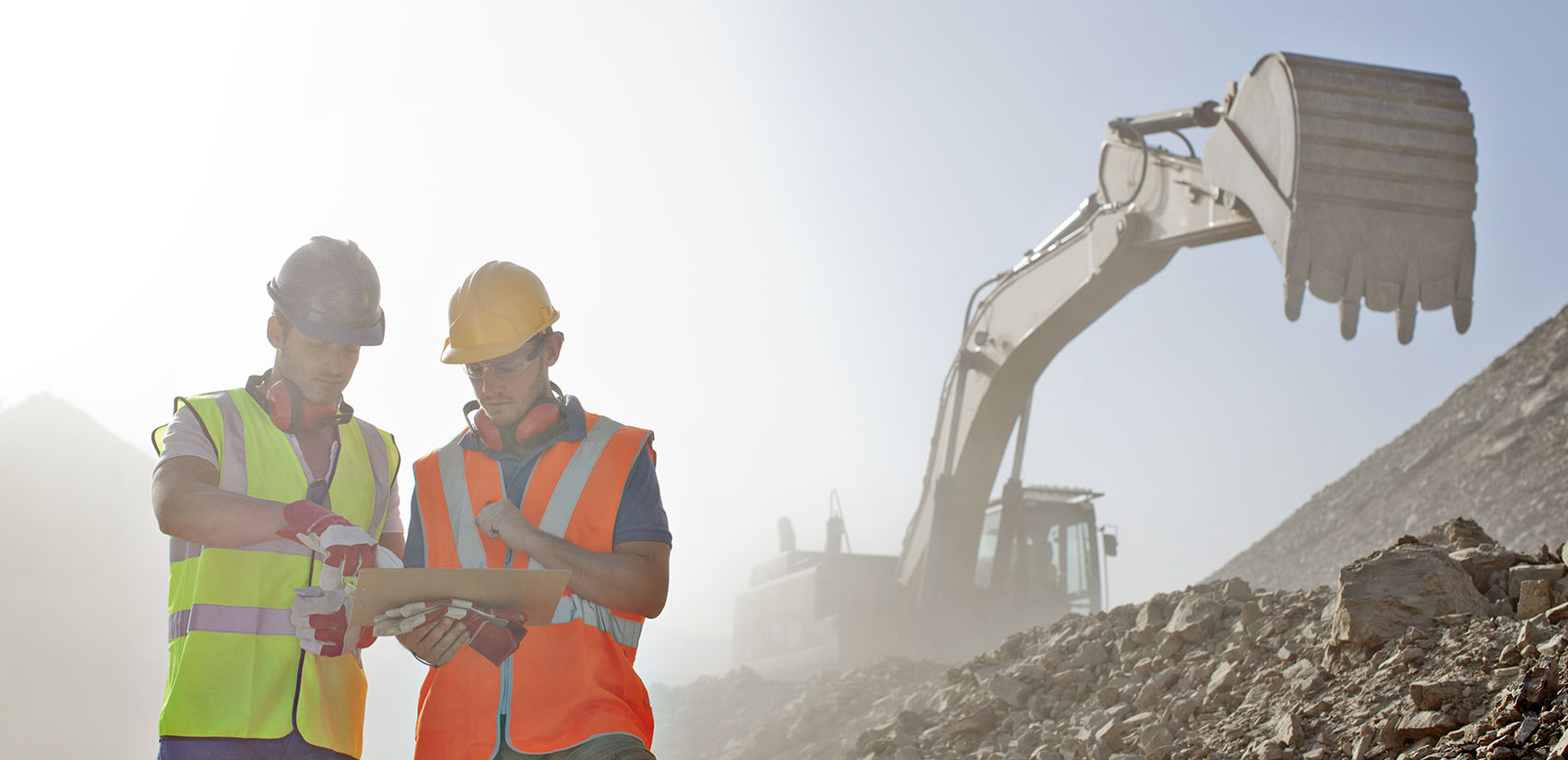
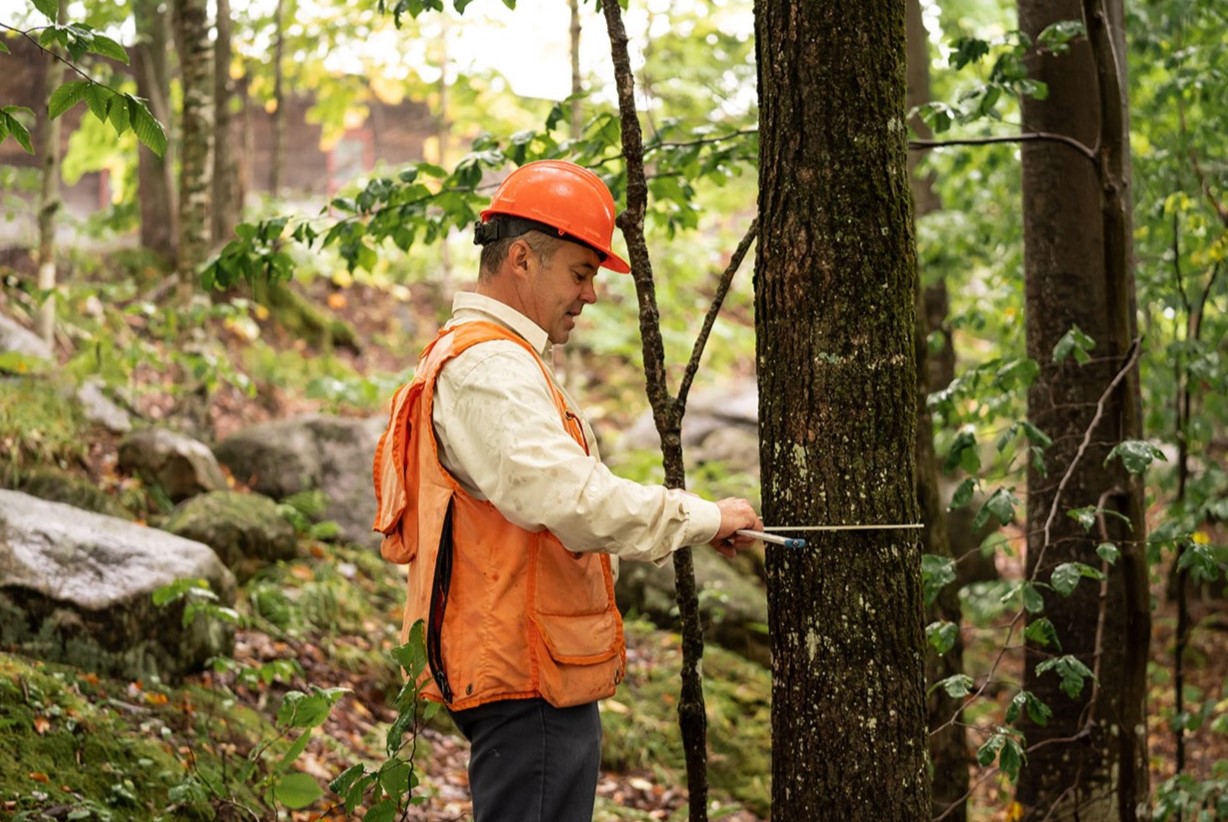
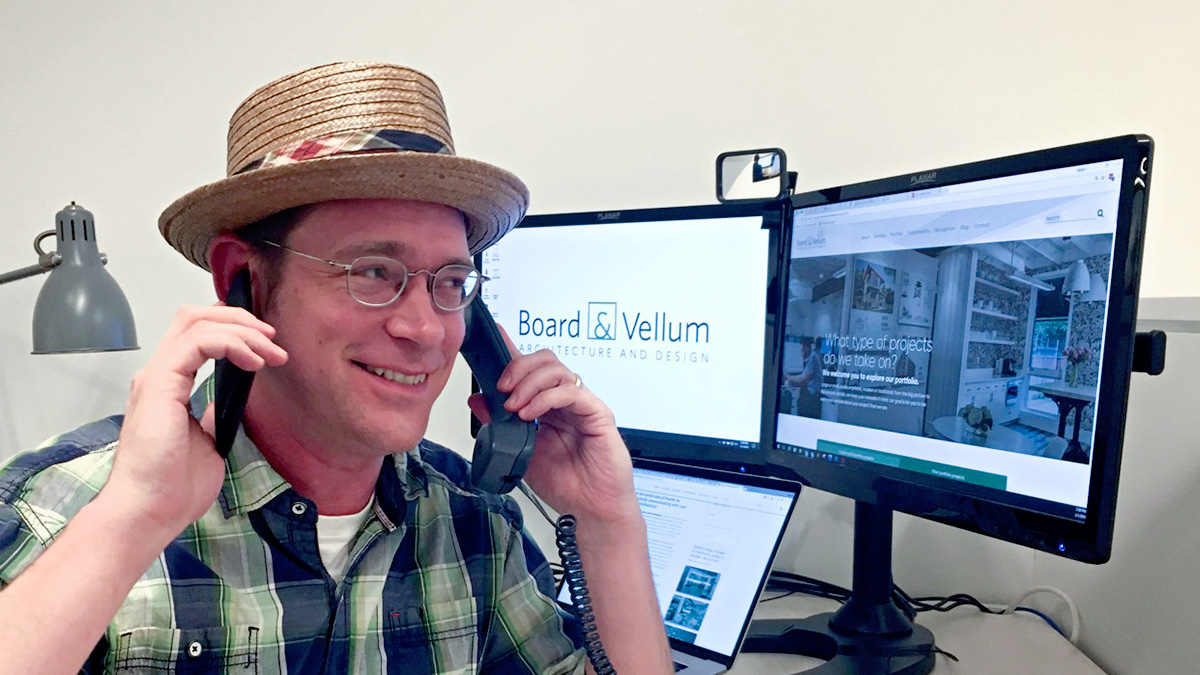



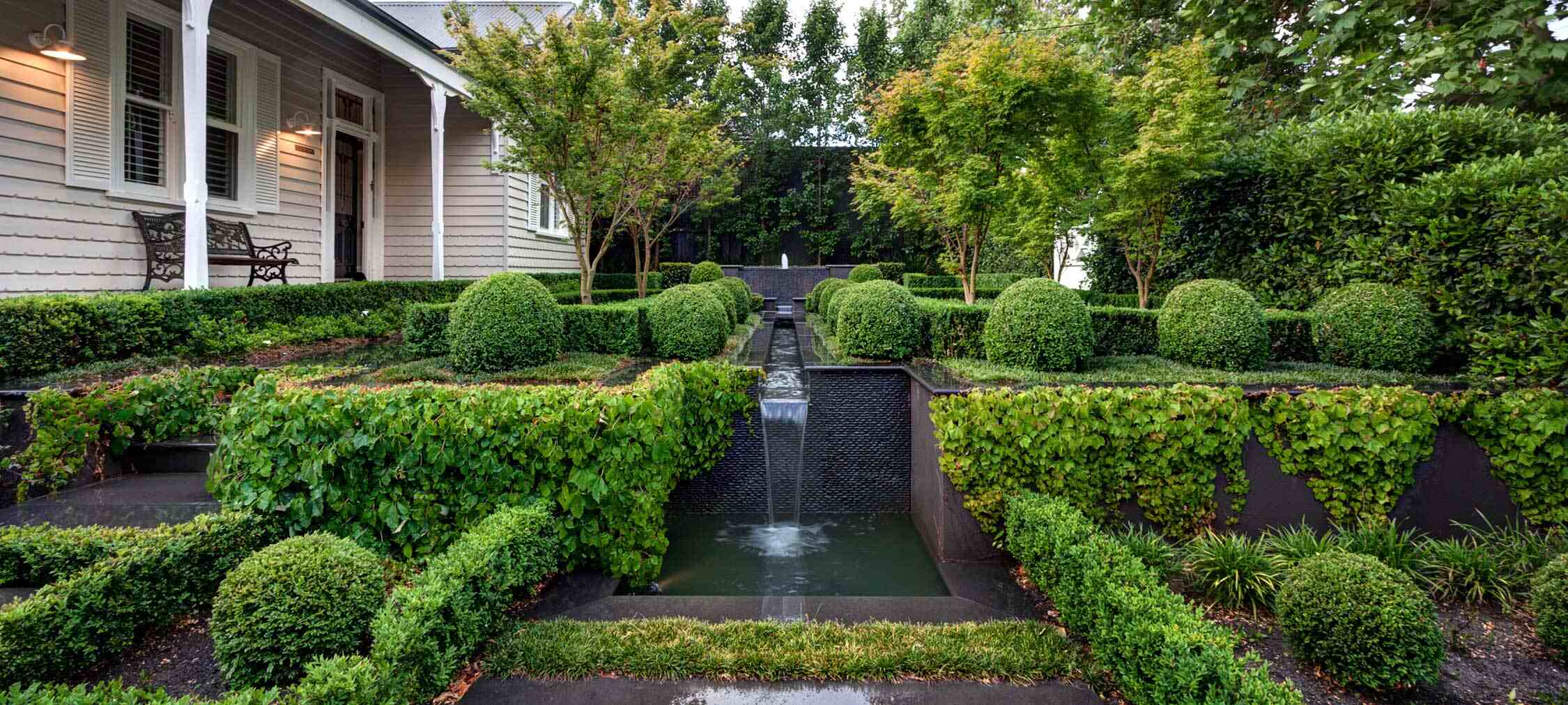
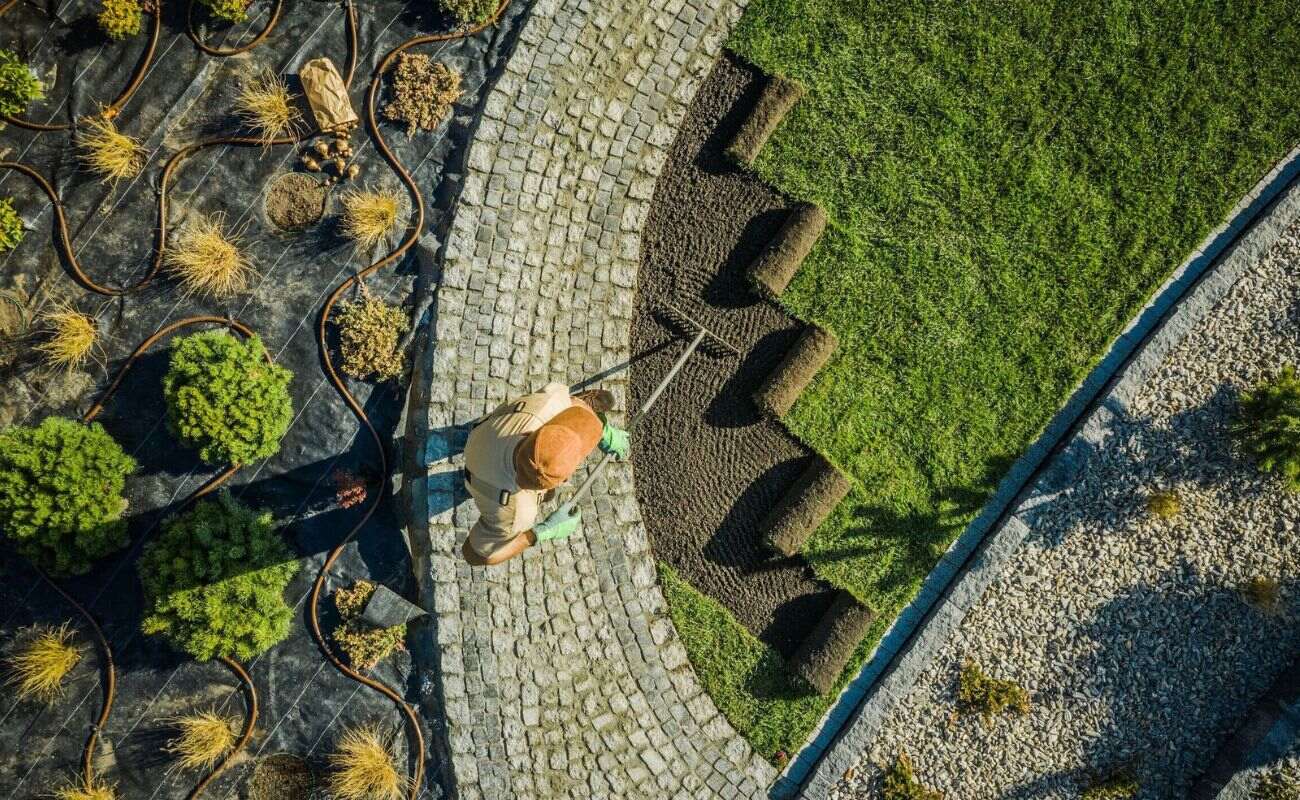
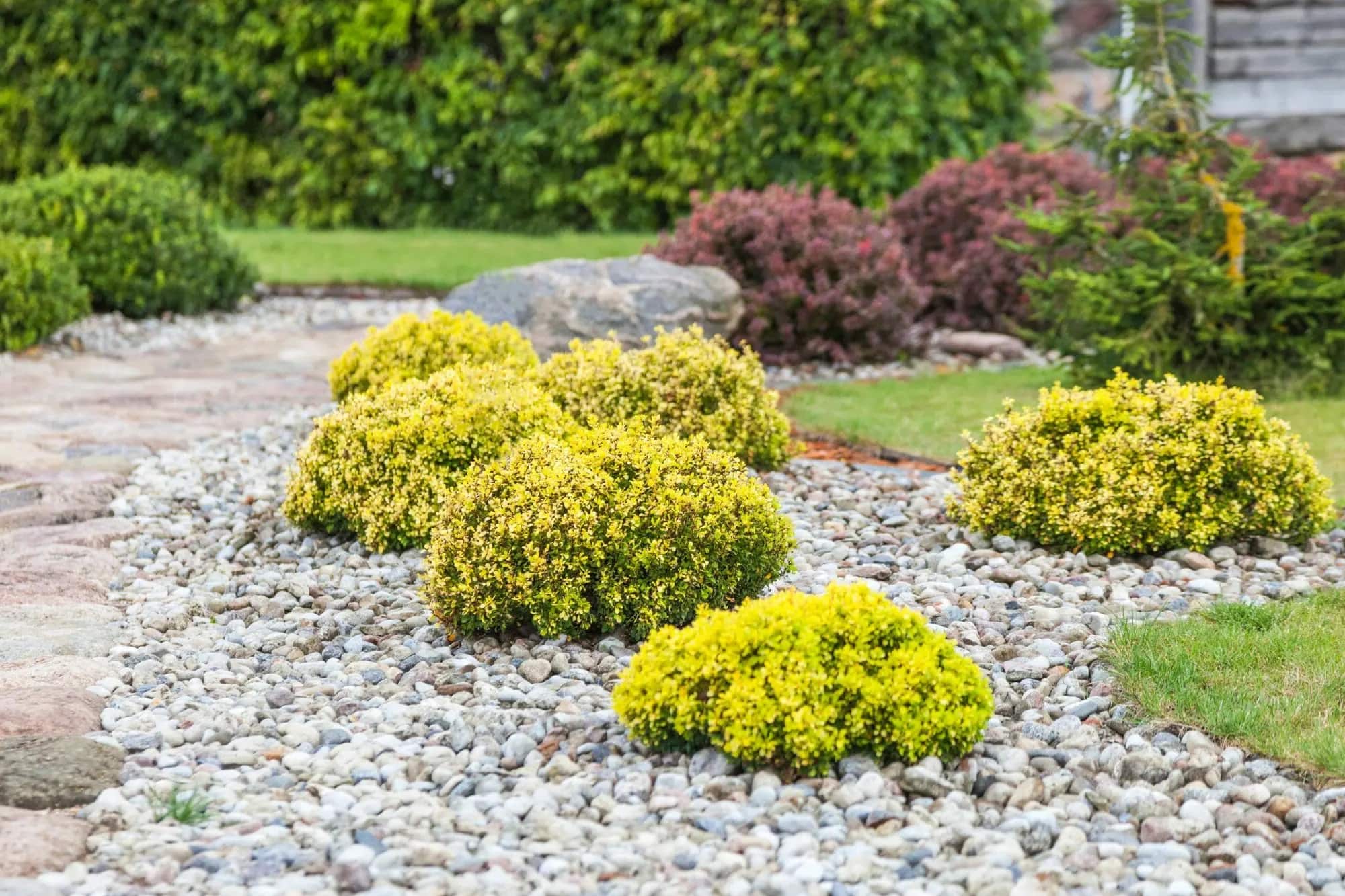

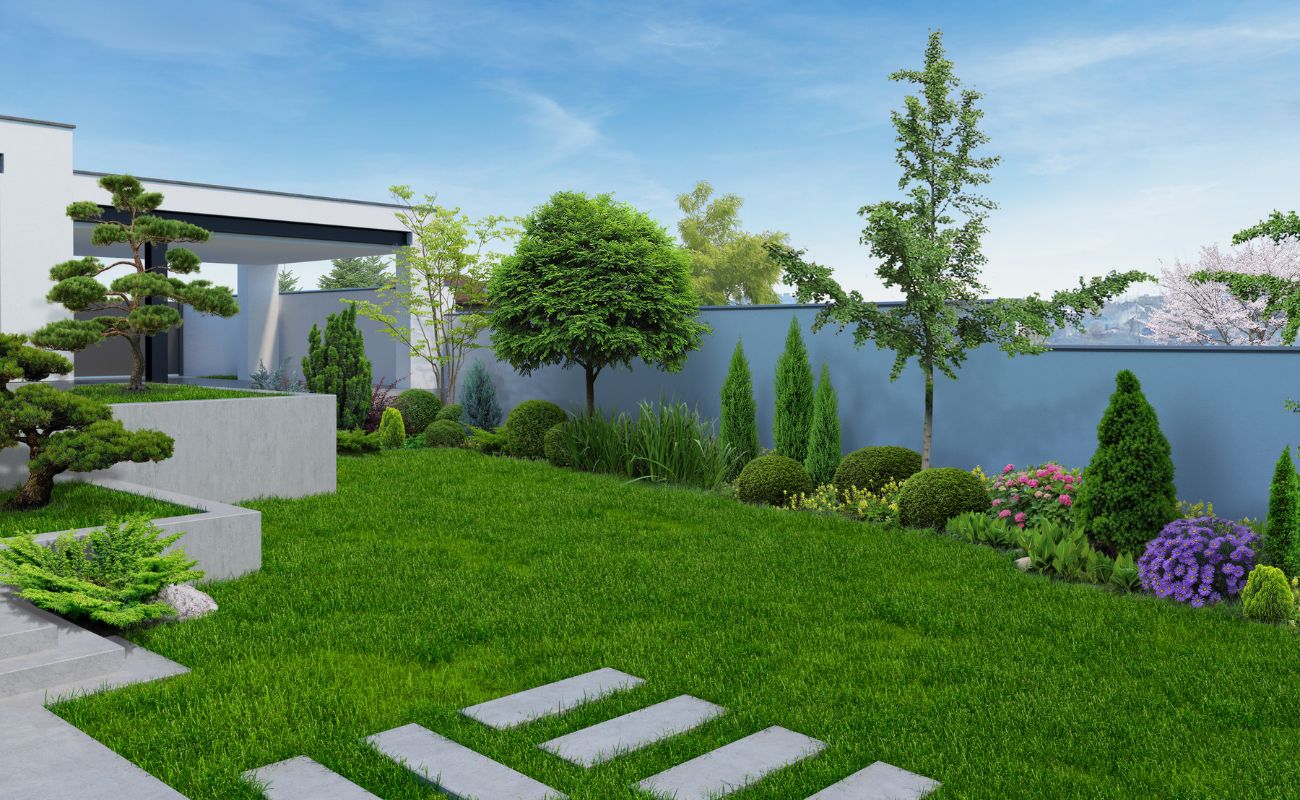

0 thoughts on “How To Get A Job At A Design Firm In Landscape Design”